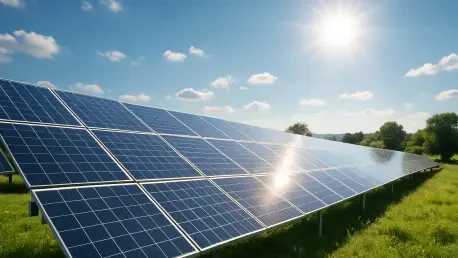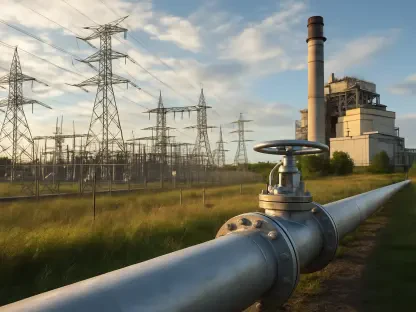An unprecedented claim landed with unusual clarity: America suddenly had the technical ability to make every major piece of a solar power system at home, from the earliest polysilicon steps through ingots, wafers, cells, and modules, and onward to inverters, racking, and batteries. That assertion, from the Solar Energy Industries Association, hinged on a single missing link finally snapping into place as Corning’s ingot and wafer facility in Michigan began to scale. The milestone invited a harder question than a headline could answer: did capability translate into market-scale self-sufficiency, or did gaps linger behind the celebratory numbers? Early evidence showed both momentum and friction, with downstream growth pulling upstream investment, policy giving shape to capital flows, and demand exposed to shifting trade winds.
Wafering Comes Home And Capacity Takes Shape
Corning’s restart of ingot and wafer production anchored the upstream end of the chain that had long been ceded to Asia, and its ramp signaled more than a single plant coming online. The company described a climb from thousands of wafers per day to more than 1 million per day within the current quarter, and reported that over 80% of capacity had been committed for five years, suggesting durable demand and contractable economics. The strategic subtext mattered as much as throughput: the pursuit of global low-cost status from a U.S. base implied confidence that process control, scale learning, and logistics advantages could overcome legacy cost headwinds. That posture also reflected a larger industry goal—reducing exposure to import volatility while hardening domestic know-how.
Measured on the ground, capacity data painted a rapid rebalancing. Domestic module output surpassed 60 GW last month, a 37% rise since December, while inverters climbed about 50% to 28 GW. Mounting system manufacturing added 23 factories and expanded 14%, a sign that balance-of-system suppliers tracked the module surge rather than lagged it. Solar cells remained the relative pinch point, even after a tripling to 3.2 GW of operational capacity, underscoring how upstream scaling typically lags downstream assembly lines. Still, the configuration changed meaningfully: modules no longer stood nearly alone as the mainstay of U.S. production, and the presence of ingot and wafer capability rewired expectations for vertical integration. The center of gravity shifted, if not yet fully settled.
What Will Determine True Self-Sufficiency
The pipeline suggested how far the build-out could run if projects moved from announcement to commissioning on expected timelines. Planned additions included 23 GW of modules, over 34 GW of cells, 25 GW of inverters, and 95 GWh of battery cells, a mix that hinted at narrowing the cell bottleneck while expanding grid-side storage. That spread revealed the mechanics of industrial ramping: permitting, equipment lead times, and workforce readiness tended to stagger start dates, creating a staged climb rather than a single leap. Downstream growth provided demand assurance, which in turn unlocked upstream contracts like Corning’s. If that loop held, volumes could align across the stack, compressing costs through tighter handoffs from polysilicon to finished panels.
Federal policy had provided the lever arm that made the upstream math pencil out, and recent rule clarity amplified it. Treasury confirmed that ingot and wafer facilities and equipment qualified for the CHIPS 48D 25% investment tax credit, a decision that de-risked high-capex steps and accelerated commitments by Corning and Hemlock. Those incentives complemented broader IRA-era measures designed to localize clean energy supply chains. Yet the fulcrum remained precarious: SEIA warned that policy and trade uncertainty under the Trump administration cooled demand, with clean energy capital outlays pulling back in September as a preview of sensitivity to abrupt shifts. The path to genuine self-sufficiency therefore hinged on not only technical capability but also on sustained demand, predictable trade rules, and the continued march toward vertically integrated, cost-competitive domestic production.









